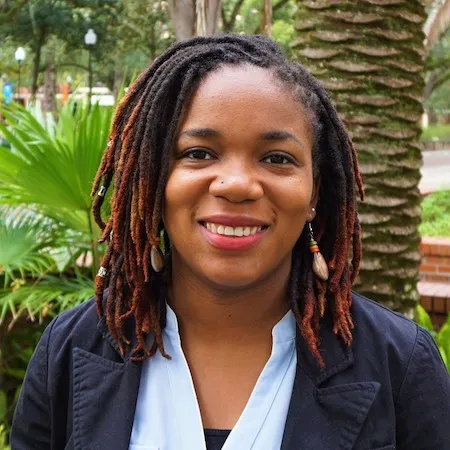The human dimensions of natural resource management examine how humans interact with the natural environment—for example through decision making, behaviors, and policies. Mixed methods research involves using both qualitative and quantitative approaches to answer complex questions related to people’s interactions with natural resources and their subsequent management and policy decisions. In social ecological systems, mixed methods approaches can provide more accurate and contextualized information about the human dimensions of natural resource conservation. This talk will focus on the application of mixed methods research to study the human dimensions of natural resource management with a specific focus on invasive species and forest management. This talk will address: 1) Mixed methods designs to social sciences of natural resource management and conservation – advantages and disadvantages, 2) an overview of qualitative and quantitative methods used in mixed methods design and 3) examples of applications of mixed methods research used in natural resource conservation.
Presenters

Mysha Clarke
Dr. Mysha Clarke is a natural resources social scientist. She recently started as an Assistant Professor of Human Dimensions of Natural Resources in the School of Forestry and Natural Resources at the University of Florida. She uses a mixed method approach (qualitative and quantitative date) to better understand forest management. Her collaborative and interdisciplinary research projects include: invasive plant management on family forestlands, communication of invasive insects in the media, urban gardens connectivity and urban forest change over time. Her research aims to contribute theories...

Mysha Clarke
Dr. Mysha Clarke is a natural resources social scientist. She recently started as an Assistant Professor of Human Dimensions of Natural Resources in the School of Forestry and Natural Resources at the University of Florida. She uses a mixed method approach (qualitative and quantitative date) to better understand forest management. Her collaborative and interdisciplinary research projects include: invasive plant management on family forestlands, communication of invasive insects in the media, urban gardens connectivity and urban forest change over time. Her research aims to contribute theories and knowledge to improve socio-ecological interactions, environmental decision-making and natural resource conservation by focusing on their human dimensions. She recently completed a Teaching Postdoctoral Fellowship at Villanova University after receiving her PhD from Purdue University in the Department of Forestry and Natural Resources. A Jamaican native, she is a former SESYNC graduate pursuit fellow and currently involved in a SESYNC pursuit studying urban forest change overtime.